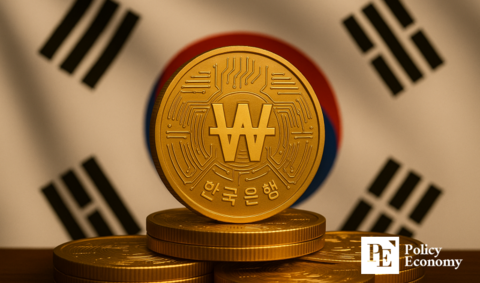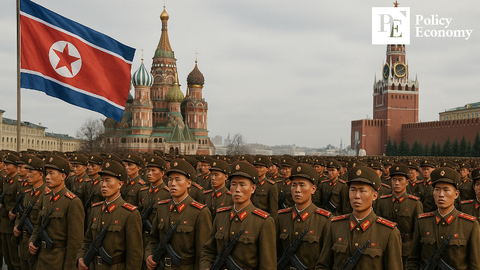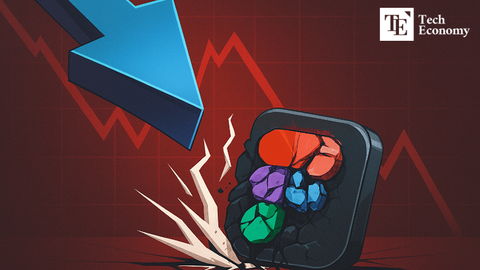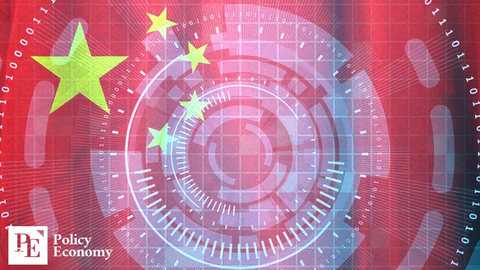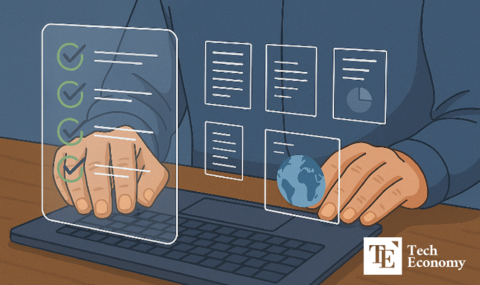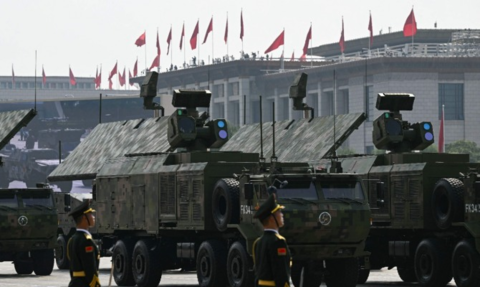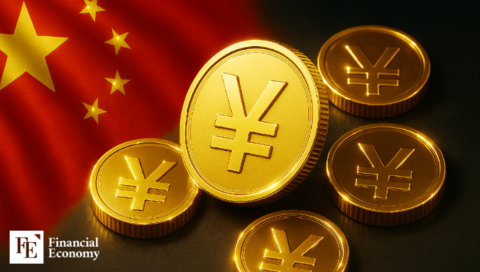Northeast Asia’s Steel Divide: Protectionism and a New Era of Trade Barriers
Input
Changed
Taiwan maintains strict anti-dumping duties on stainless steel from China and South Korea. South Korea may follow suit as pressure mounts to defend domestic producers. Japan's shift toward inflation and pricing controls adds complexity to regional steel policy.
A new fault line is emerging in Northeast Asia’s economic landscape, not in politics, but in the realm of stainless steel. Countries long known for cautious economic diplomacy are adopting more aggressive trade protection measures, drawing invisible walls across markets once heralded for their integration. The once-muted rivalries among Asian powerhouses are heating up in the form of tariffs, quotas, and duties. As these nations aim to protect their industries from global overcapacity and underpriced imports, the region inches toward economic fragmentation.
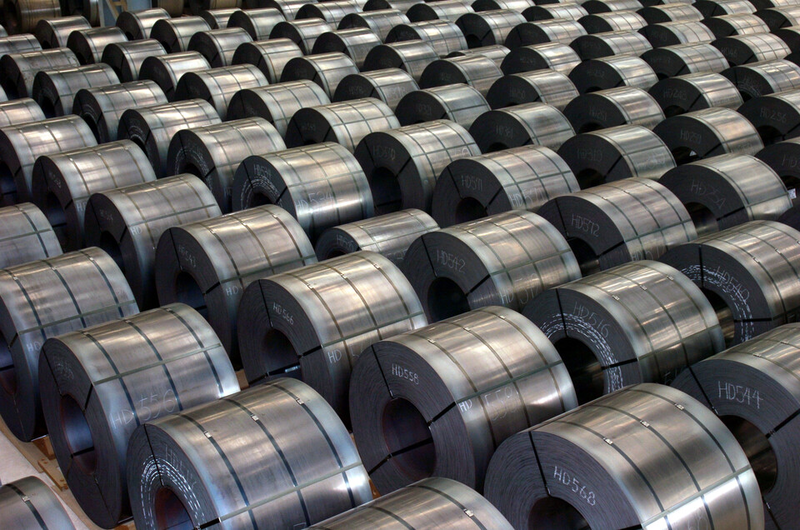
Taiwan’s Continued Defense Against Dumping
For Taiwan, the battle has been ongoing for more than a decade. In March, the Taiwanese government reaffirmed its commitment to protecting local producers by extending anti-dumping duties on stainless steel imports from China and South Korea for an additional five years. With tariffs reaching up to 38.11% for Chinese steel and 37.65% for South Korean steel, it sends a strong message that the island nation is not willing to yield to low-cost foreign suppliers.
These duties are not symbolic. For over a decade, they have been integral to Taiwan’s strategy to preserve its domestic steel industry. The idea that Chinese steel could be rerouted and falsely labeled as Taiwanese, thereby circumventing duties imposed by other countries, has been circulating in international circles. However, given Taiwan's consistent application of tariffs, this scenario appears increasingly unlikely. China and Taiwan may be politically entangled, but in terms of trade, especially steel, they operate under separate policies and competitive interests.
The message from Taipei is clear: Taiwan’s industrial backbone will not be sacrificed to predatory pricing. With global demand for steel fluctuating and prices often determined more by policy than market fundamentals, Taiwan’s long-term consistency in maintaining trade barriers could provide it with strategic stability amid the shifting tides of regional commerce.
Korea and Japan Face the Steel Dilemma
South Korea, another regional giant in steel production, is feeling the pressure. With Taiwan’s move fresh in the region’s trade memory, Seoul is now weighing whether to reinforce its own defenses. According to sources within the Korean Economic Daily, the government is considering reactivating or expanding anti-dumping duties on steel imports, a move largely driven by lobbying from local steel producers.
This is not surprising. The steel industry is both strategically important and politically sensitive. As countries like China continue to produce massive volumes of low-cost steel, neighbors with smaller markets are left with a stark choice: import and undercut domestic industries, or raise barriers and risk retaliatory trade blows. Taiwan chose the latter. South Korea may not be far behind.
If Taiwan and South Korea are seasoned veterans in steel protectionism, Japan is the latecomer to the arena. Yet, its recent moves speak volumes. While Tokyo hasn’t matched Taiwan or South Korea in imposing steep anti-dumping tariffs, Japan’s domestic economic signals show that it may be leaning closer to their playbook.
Japan’s latest inflation report revealed that core prices have increased by 3.7% year-over-year, the highest rate in nearly two years. The jump is partly due to rising energy and food costs, but industrial inputs, including metals, are also to blame. While Japan hasn’t explicitly imposed broad tariffs, it is shifting toward more domestic sourcing and price control measures, potentially opening the door to more assertive trade actions in the future.
For years, Japan has refrained from the tit-for-tat trade policies that marked relations between China, Taiwan, and South Korea. This restraint may be ending. If Tokyo follows suit, either through direct tariffs or indirect industrial protections, the entire Northeast Asian region could witness an unprecedented thickening of economic borders. Once open trade lanes could become bottlenecks of bureaucracy and policy friction.
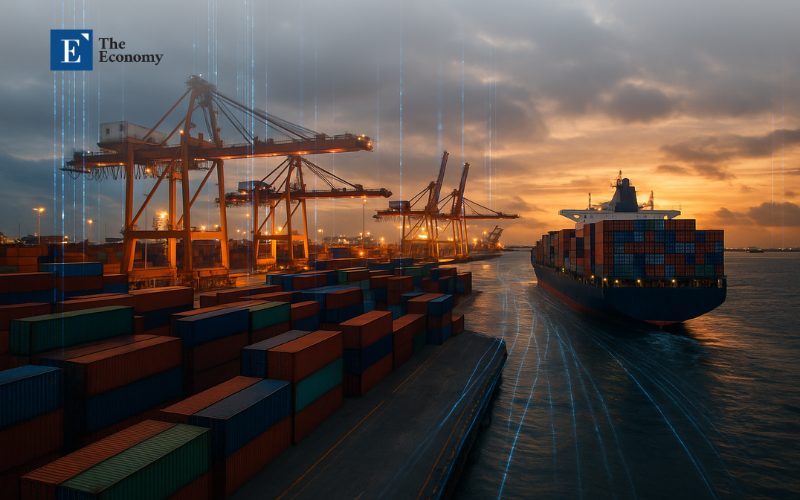
Trade Winds Shift, Walls Rise
What we’re witnessing is not just a series of isolated trade decisions. It’s a regional recalibration. Northeast Asia’s steel powers are shifting from open-market optimism to strategic protectionism. Whether driven by inflation, overcapacity, or political undercurrents, the outcome is the same: higher walls, fewer bridges.
As Japan cautiously joins Taiwan and Korea in the era of economic defense, the once-fluid trade of steel across Asia’s industrial corridor may give way to an era marked by fragmentation and fierce competition. The era of shared growth may be waning, giving way to one of survival and sovereignty.

